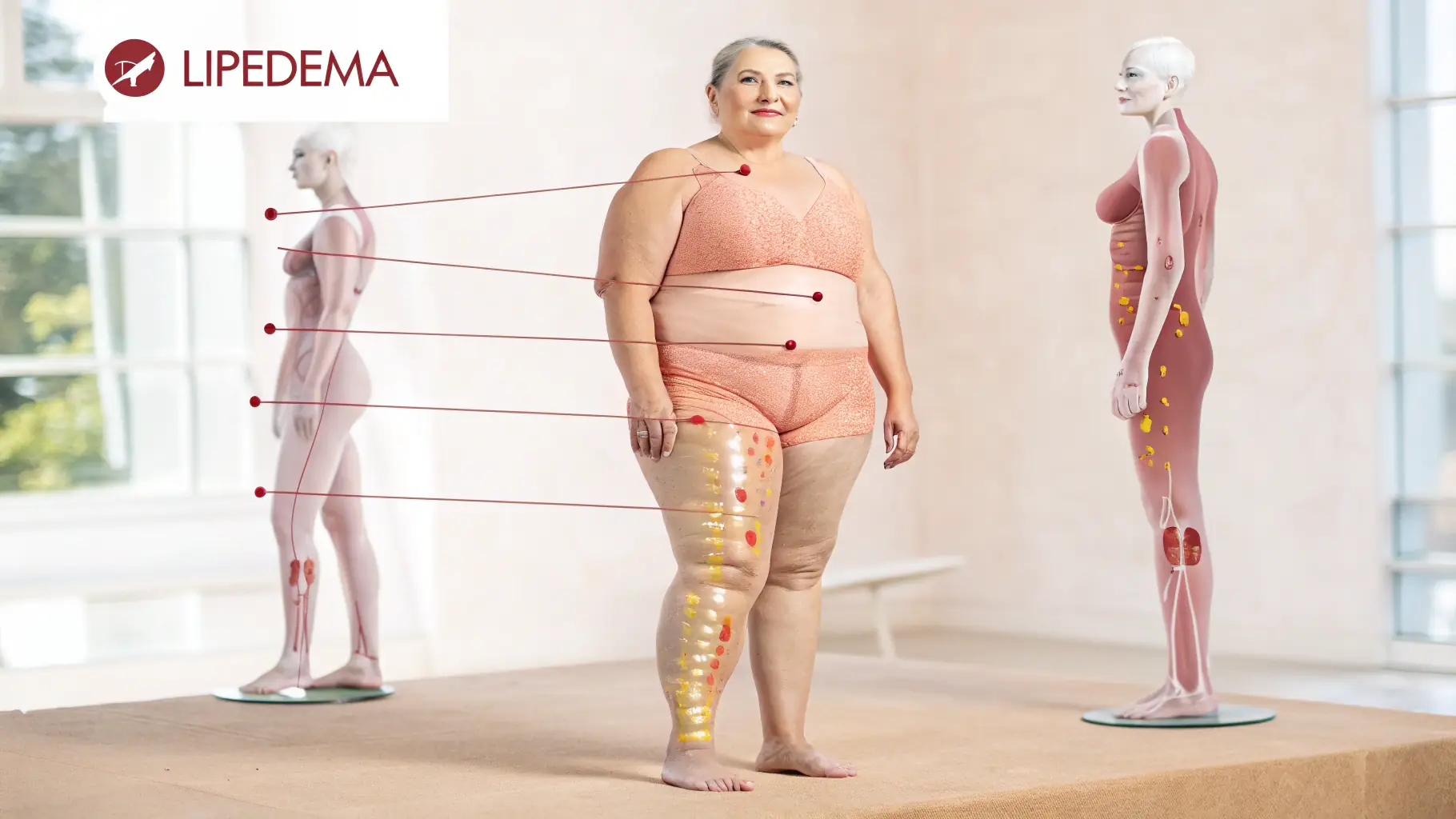Lipedema is a chronic condition characterized by the abnormal buildup of fat in the legs, hips, and sometimes arms. Understanding the stages of lipedema is crucial for effective management and treatment. Each stage presents unique challenges and requires tailored approaches. Early diagnosis and intervention can significantly improve the quality of life for individuals with lipedema.
The first stage of lipedema often involves subtle changes in the texture and appearance of the skin. Individuals may notice slight swelling and increased sensitivity to pressure in the affected areas. The fat distribution is typically symmetrical, and the skin remains relatively smooth. At this stage, symptoms may be mild and easily dismissed as weight gain.
As lipedema progresses to later stages, the fat accumulation becomes more pronounced, leading to significant changes in body shape. Stage 2 is characterized by the development of nodules and indentations in the skin, giving it an uneven appearance. In Stage 3, large folds of skin and fat may form, causing mobility issues and increased discomfort. Advanced stages can also lead to secondary lymphedema, further complicating the condition.



